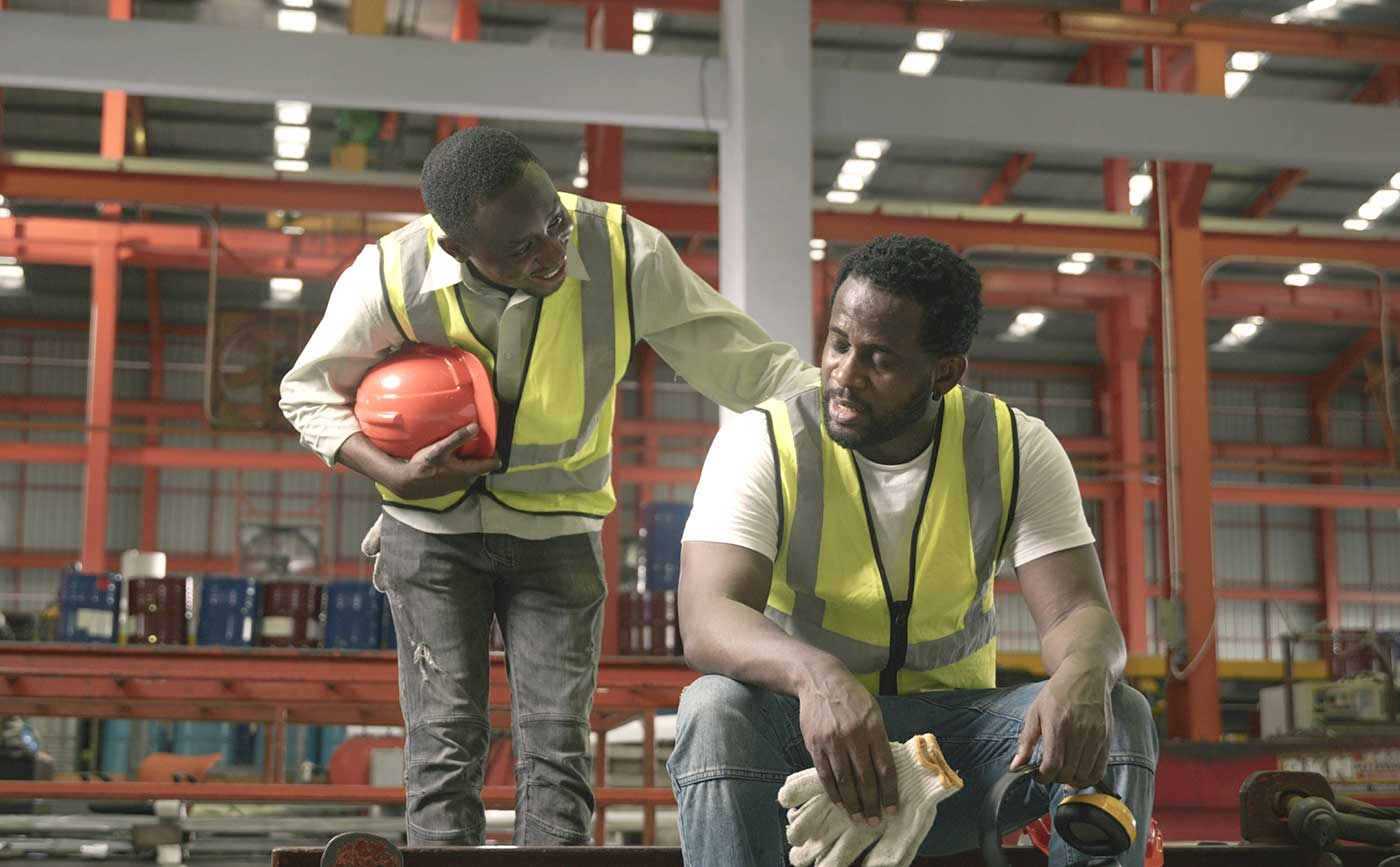According to the USA Pickleball 2023 Annual Growth Report, pickleball stands as the fastest-growing sport in the US, boasting 13.6 million regular players. This dynamic sport, blending elements of tennis, badminton, and ping pong, offers versatility, is playable both indoors and outdoors, and is known for its accessibility to beginners. While generally considered safe, pickleball isn’t without its risks of injury. Whether you’re a seasoned player or a newcomer, understanding potential injuries in pickleball is crucial for injury prevention and continued enjoyment of the game. Here, we outline the top 10 most common pickleball injuries.
- Sprained Ankle: The fast-paced nature of pickleball, with its quick lateral movements and sudden stops, puts players at risk of twisting or rolling their ankles. This injury often occurs when players pivot abruptly or land awkwardly after jumping for a shot.
- Achilles Strain/Rupture: Achilles tendon injuries, including strains and ruptures, can occur with forceful movements around the ankle. Treatment typically involves rest, stretching, and specific exercises, with strains requiring weeks to heal and ruptures often necessitating surgical repair for optimal recovery. Here are recommendations for when to seek immediate care for achilles injuries.
- Shoulder Strain: Shoulder injuries are prevalent in pickleball due to the repetitive overhead swings involved in the game. These motions can exert significant strain on the muscles and tendons around the shoulder joint, potentially resulting in various injuries such as rotator cuff tears, tendonitis (inflammation of the tendons), or impingement syndrome (compression of the structures within the shoulder).
- Pickleball Elbow (Lateral Epicondylitis): Similar to tennis elbow, pickleball elbow is prevalent in players due to the repetitive arm motions involved in swinging the paddle. Overuse of the forearm muscles can lead to inflammation and pain on the outside of the elbow. Read this advice on how to treat pickleball elbow.
- Pickleball Finger (Mallet Finger): This injury occurs when the ball strikes the tip of the finger, causing the extensor tendon to rupture or stretch. Players may experience pain, swelling, and the inability to straighten the affected finger without medical attention.
- Wrist Sprains and Fractures: Wrist sprains and even fractures can easily occur during falls on an outstretched hand. If significant swelling, bruising, or limited range of motion occur, players should be evaluated immediately. Read these insights on the importance of balance in pickleball–a key factor in prevention of falls leading to wrist injuries.
- Knee Injuries: The stop-and-start movements in pickleball can put stress on the knees, leading to injuries like patellar tendonitis, meniscus tears, or ligament sprains. Wearing supportive footwear and practicing proper technique can reduce the risk of knee injuries.
- Lower Back Pain: Poor posture, repetitive bending, and twisting motions during gameplay can contribute to lower back pain in pickleball players. Strengthening the core muscles and maintaining proper body mechanics are essential for preventing this common ailment.
- Hamstring Strains: Sprinting to reach shots or lunging for the ball can strain the hamstring muscles, leading to pain and tightness in the back of the thigh. Adequate warm-up, stretching, and strengthening exercises can help prevent hamstring strains in pickleball players. Read treatment options from the Mayo Clinic to get you back on the court.
- Foot Injuries: Overuse and repetitive pounding on the hard playing surface can cause a number of foot injuries including plantar fasciitis, heel contusions or bruises of the calcaneus (heel bone). These are treated with relative rest and localized padding or footwear modification.
Takeaway
To prevent pickleball injuries, players should focus on thorough warm-ups, stretching before and after games, using proper technique, wearing supportive footwear, taking adequate rest, and incorporating strength training. By understanding common pickleball injuries, seeking timely treatment, and actively preventing them, players can safely enjoy the game for years.
Check out these additional recommendations for strengthening and stretching exercises, along with additional treatment options to keep you in the game.





Responses